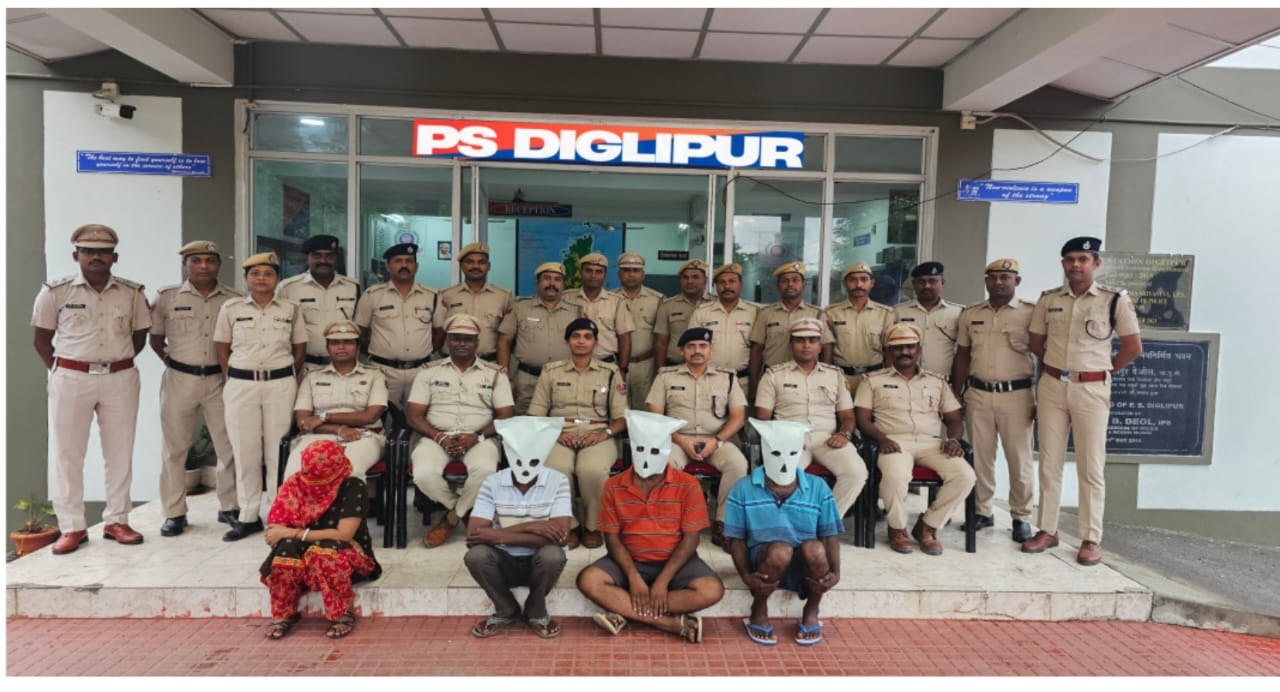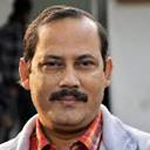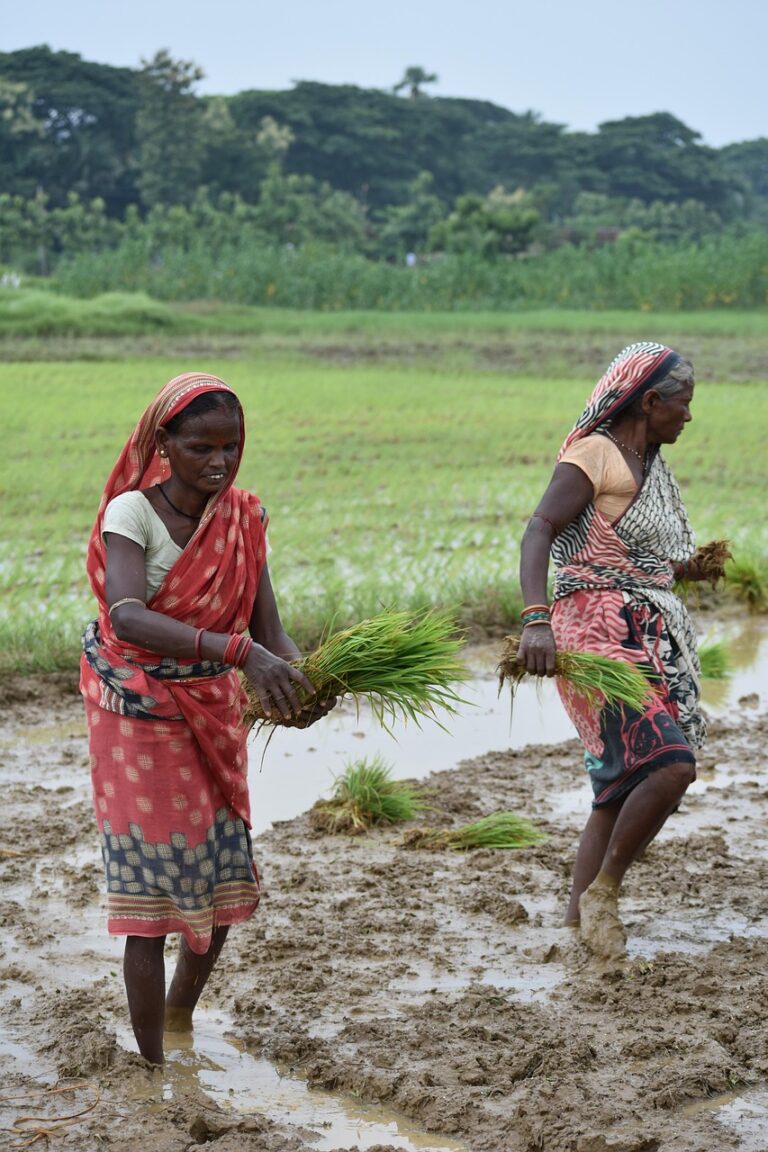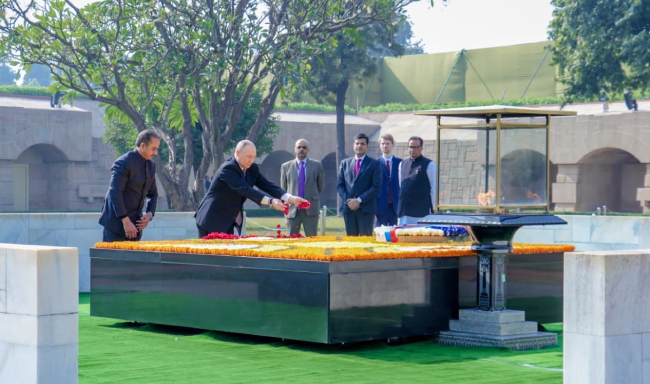
Guwahati: Police in Andaman & Nicobar Islands, Uttar Pradesh, and Chhattisgarh have swiftly arrested suspects in the murders of three scribes since January 2025, raising hopes for justice in a country where killers of media professionals rarely face punishment.
In the Andaman & Nicobar Islands’ Diglipur region, authorities apprehended four suspects—S Gangaya, A Rama Subramaniyan, M Ramesh, and Bithika Mallick—for the shocking murder of Sahadev Dey, 38, on March 29. Dey, a reporter for the digital platform ‘News Republic Andaman,’ was known for exposing illegal activities like timber smuggling, soil extraction, local gambling, and hooch operations. His wife, Debadriti Dey, filed a complaint on March 30, reporting him missing. The Diglipur police, led by district chief Shweta K Sugathan, used technical resources and human intelligence to investigate. On March 31, Dey’s charred remains were found in the DB Gram area. Police identified Gangaya, a restaurant and bar owner, as the key orchestrator, alleging he enlisted three accomplices to execute the crime and destroy evidence. The suspects are now in judicial custody as the investigation continues. Authorities have urged the public to share reliable information with local police stations via verified phone numbers, assuring confidentiality and possible rewards for tips.
In Uttar Pradesh’s Sitapur, police detained three of five suspects in the March 8 murder of Raghavendra Vajpayee, 40, a local correspondent for a prominent Hindi newspaper. Vajpayee was a passionate advocate for the Right to Information (RTI). Authorities named Vikas Rathore, also known as Shivanand Baba, as the mastermind, with Nirmal Singh and Aslam Ghazi as accomplices. Legal proceedings are underway, with two suspects still at large, and police are working to build a “robust” case to ensure justice for Vajpayee’s family.
In Chhattisgarh’s Bijapur, four individuals were arrested for the January 3 killing of Mukesh Chandrakar, 30, founder of the digital platform ‘Bastar Junction.’ Chandrakar’s mutilated body was discovered that day, prompting swift action. The Bijapur police detained prominent contractor Suresh Chandrakar, along with Ritesh, Mahendra, and Dinesh. A comprehensive 1,200-page charge sheet has been filed in court, detailing their roles. Chandrakar was a vocal critic of embezzlement of government funds by local officials and contractors, a stance that cost him his life.
These prompt arrests stand out against India’s grim record, where the conviction rate for journalist murders, particularly those linked to their work, is alarmingly low, almost nonexistent. Police investigations often lack effectiveness, hampered by inadequate resources or focus. Even when arrests occur, the prosecution process faces unnecessary delays in submitting charge sheets, allowing numerous offenders to evade justice. This sense of immunity emboldens others to target media professionals, creating a chilling effect on free reporting. The journalism community has welcomed the recent actions in these three cases, expressing optimism that those responsible will face legal consequences, bringing closure to the victims’ families through timely trials.
The broader context is equally troubling. UNESCO’s observatory on murdered scribes has documented over 1,700 fatalities worldwide since 1993 due to their commitment to reporting news. Alarmingly, in nine out of ten cases, perpetrators remain unpunished, fostering a culture of impunity. This not only encourages further violence but also reflects a deterioration in conflict situations and the collapse of legal and judicial frameworks. Beyond killings, scribes face a range of threats, including kidnapping, torture, physical assaults, and harassment, particularly online, according to the observatory’s findings. These acts represent severe forms of media suppression, undermining the ability to share vital information.
In India, scribes like Dey, Vajpayee, and Chandrakar often risked their lives to expose corruption, such as the Rose Valley Ponzi scam, which defrauded lakhs by promising high returns, only to siphon off their money. This scam, uncovered through investigations tracing 2,987 bank accounts, saw Rs. 515.31 crore attached by the ED for restitution to victims. The courage of these reporters highlights the dangers they face, making the recent arrests a significant step toward accountability in a landscape where justice for journalists remains elusive.
*Senior journalist






